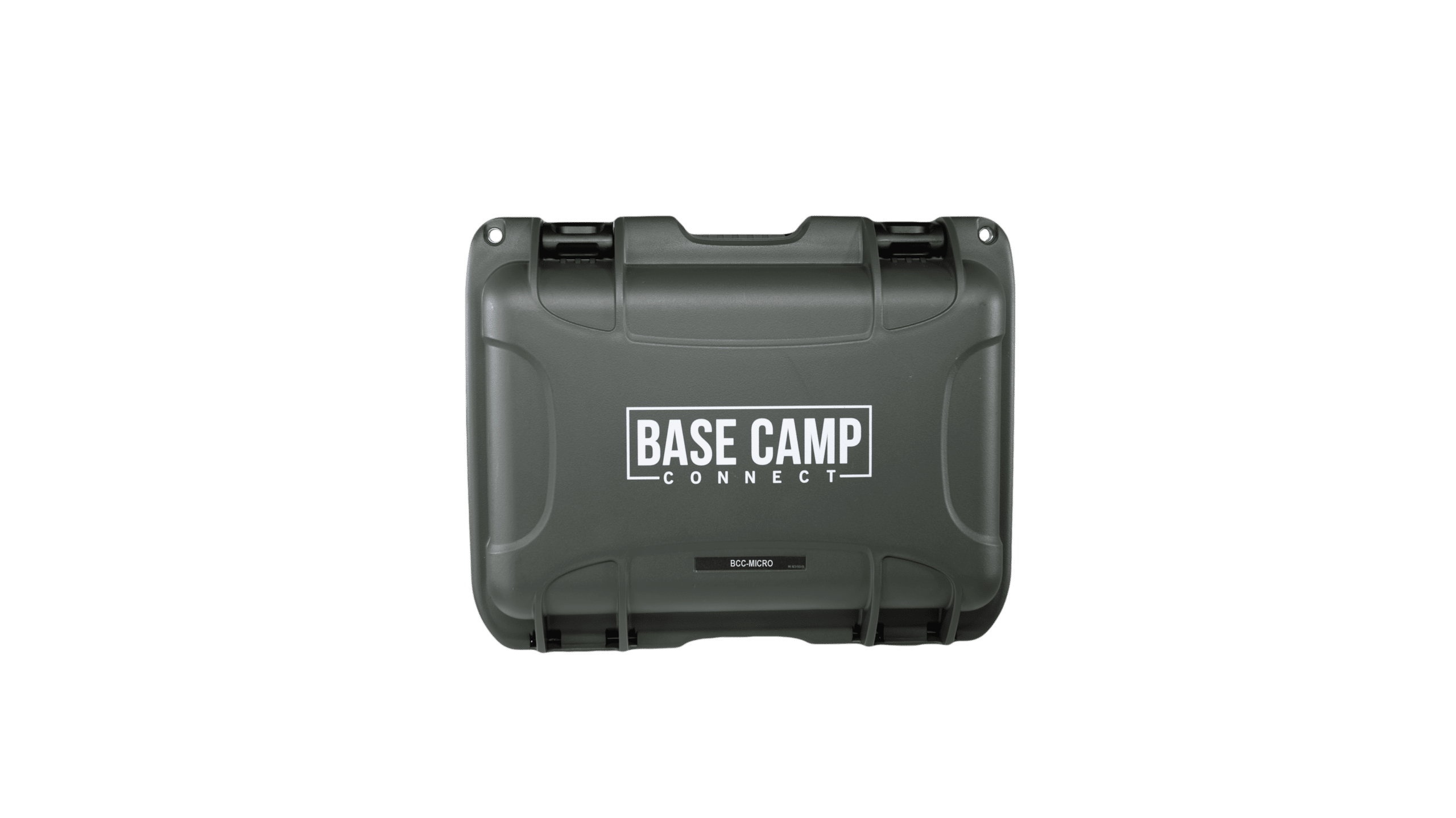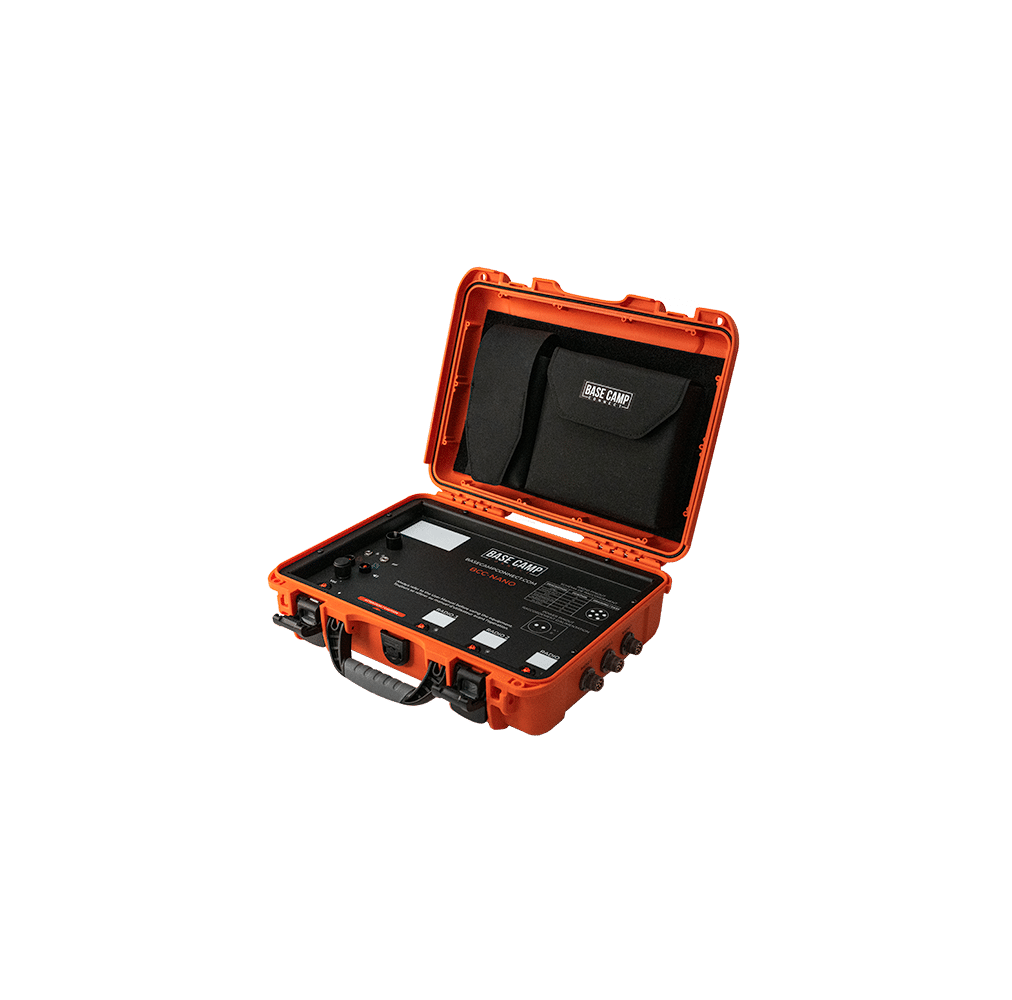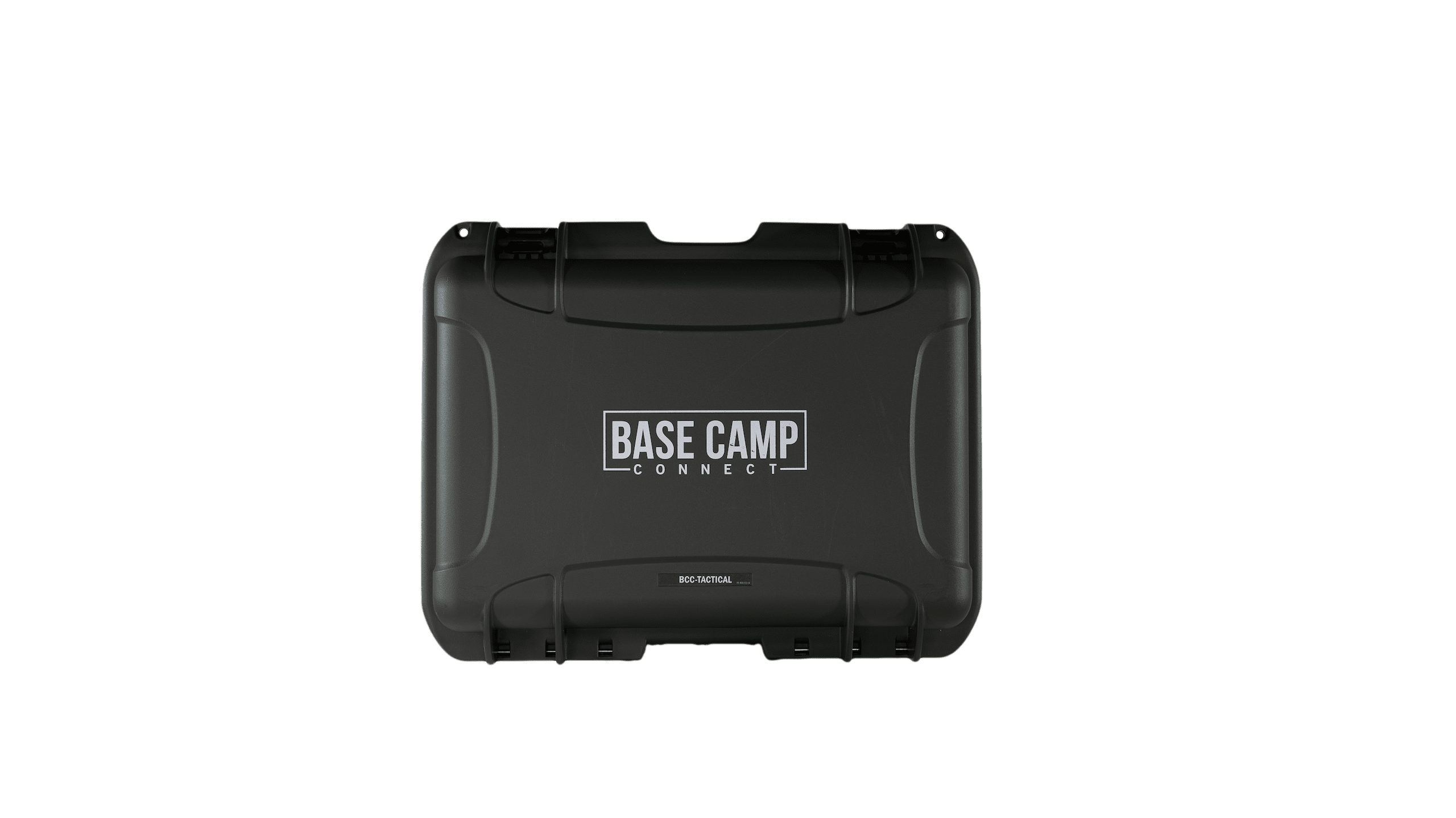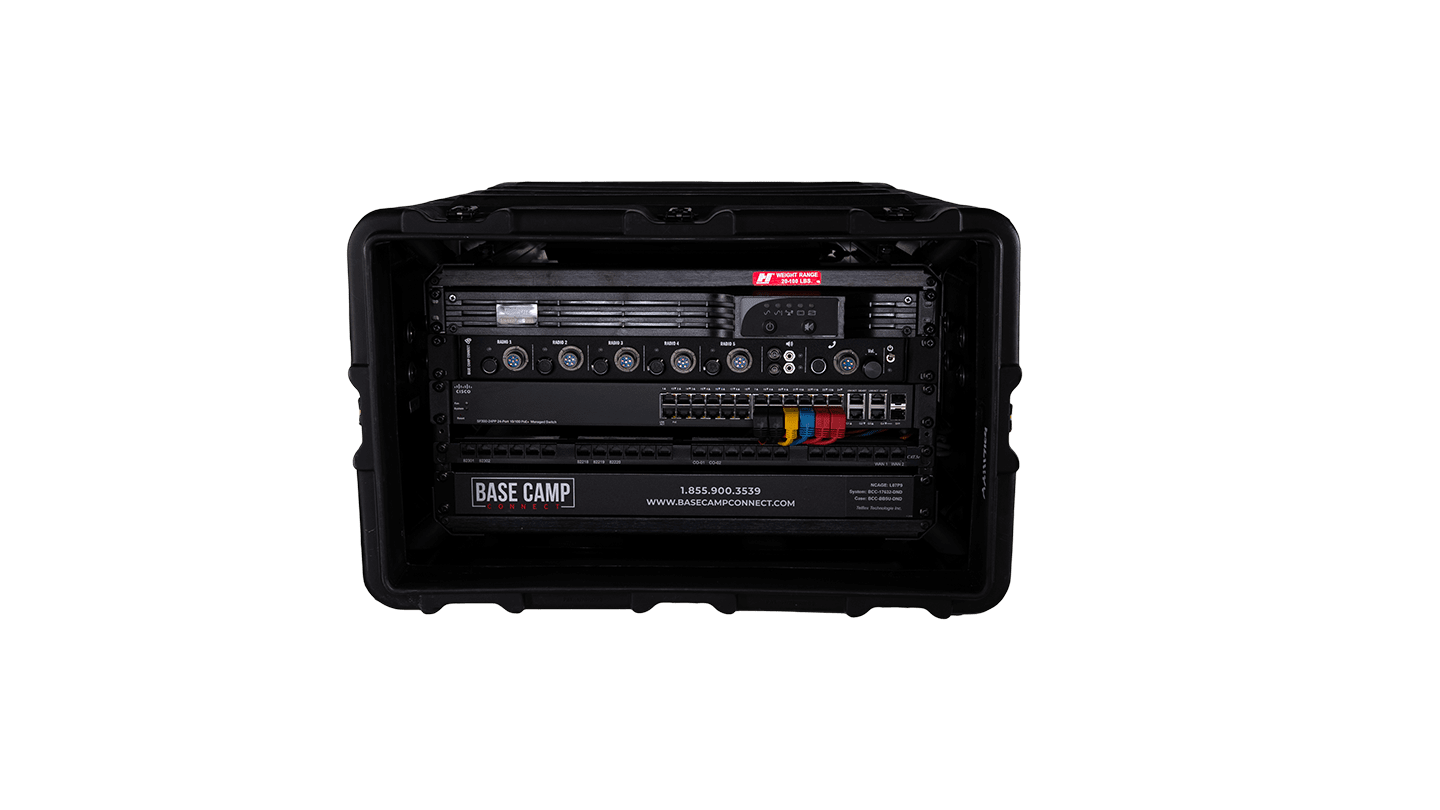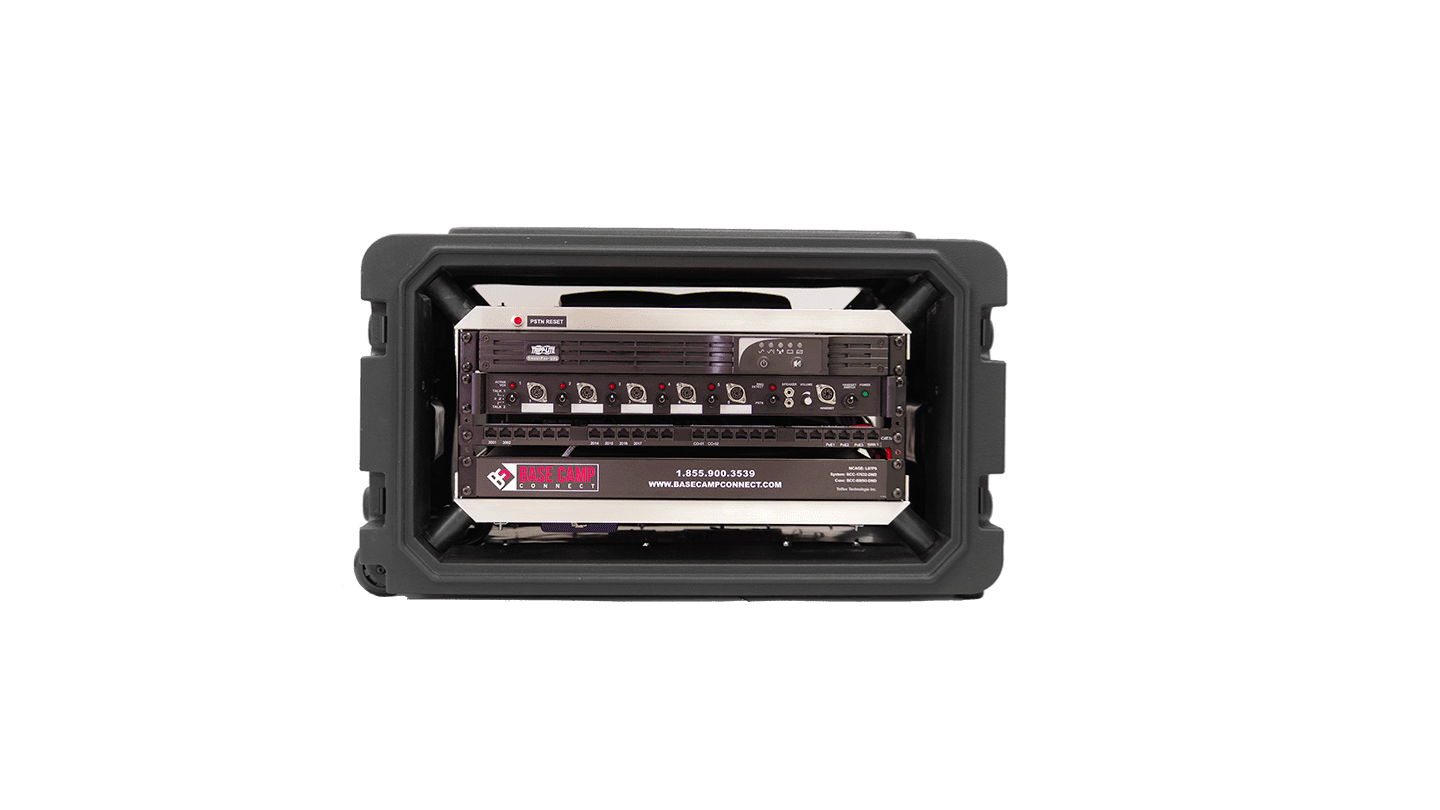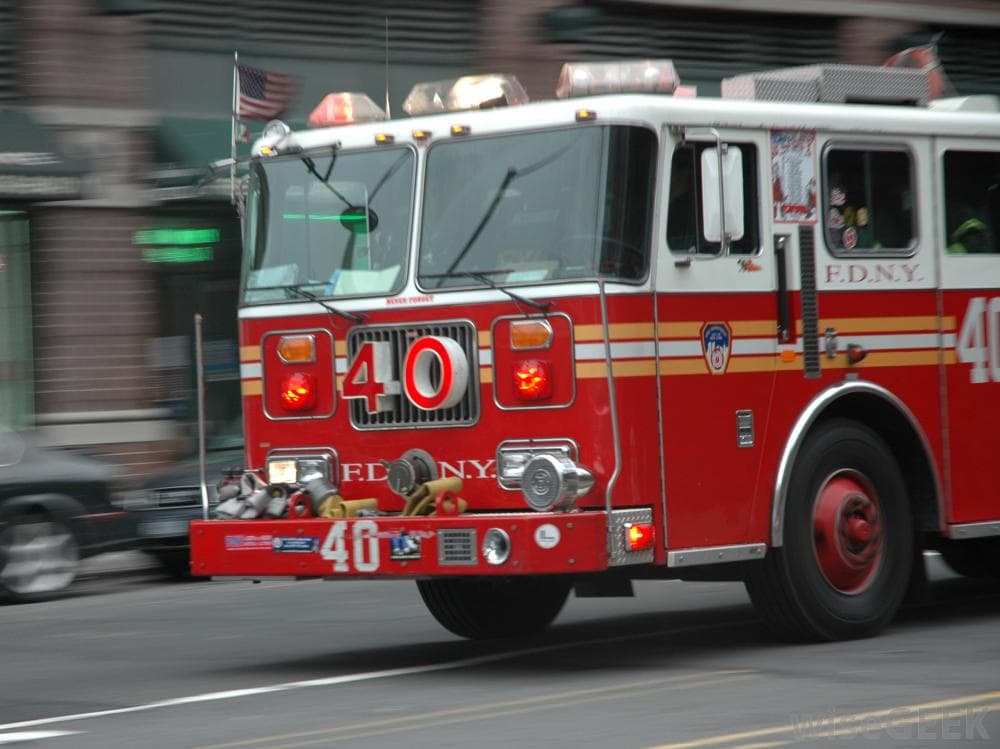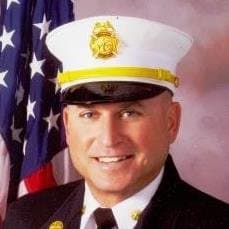Jim Lyons is a seasoned professional with more than twenty-five years of experience in sales, marketing and management. He’s a nationally recognized expert in fire apparatus specification, design, quality assurance and training. Jim is the President and Owner of J. Lyons Fire Consultants providing consultation services to fire departments, municipal government agencies and companies engaged in purchasing and servicing of firefighting equipment and apparatus.
I asked Jim for his thoughts on the “three to five things” that stick out in his mind from his experiences working with fire departments to design specifications for new fire apparatus. Here are the four that he shared with me.
1. In-Service Training
A common area often overlooked either when fire departments write their own specs or when provided by the vendor/manufacturer is in-service training. Everyone assumes that when a fire department orders and receives a new truck that training automatically is included after delivery.
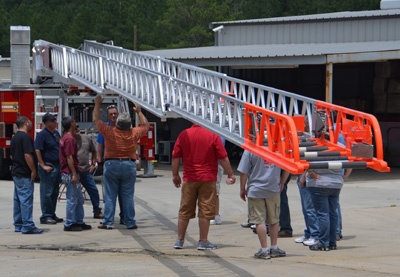
Not so. Unless it’s clearly written in the specification and the vendor acknowledges it in their proposal, training may not be included. Some fire department may feel they don’t need an in-service training class on the new truck, until the members actually operate the vehicle and see a new style electronic governor or maybe a new type of foam system. That’s when questions start being asked.
So, it’s important that fire departments clearly state in their specifications that training is to be included (Here are tips and tools to help you write better fire apparatus purchasing specifications). Also, stating how many days the training should be held for is equally important, especially for career fire departments. With different shifts and overtime issues, having one day of training may not be sufficient. Asking for two or three days or whatever will fit the departments needs is advisable.
For volunteers, if training needs to be conducted over a weekend, a statement such as “training will occur over an agreed upon weekend” will provide training at the time when most volunteers are available and put the vendor on notice that it will not be during the week.
Today many manufacturer/vendors are hiring knowledgeable instructors who are specifically hired to review their apparatus with the customer. Training is not just about a review of items; it should include driving, pumping, operating all the systems on the apparatus including maintenance review items. Remember, if it’s not in writing it’s not guaranteed.
2. Pre-Construction Conference
Another area that I have seen where fire departments overlook the importance of spelling out details in specifications is the pre-construction conference. Many specifications do not state that “the conference is to be held at the manufacturers location with representatives of the engineering department”. This one simple statement sets expectations that the meeting will be held at the factory with the representatives who will say yes or no to certain items.
The pre-construction conference is the most important part of the pre-build process and sets the entire build agenda for the factory. Investing time into having the meeting at the factory is well worth two days off from work.
3. Who Pays for the Pre-Conference Trip
Another area sometimes not spelled out clearly that can result in confusion is who is paying for the trip? Spell out “the customer will provide for all expenses for the pre-construction trip” if your fire department is going to pay for the members to attend the pre-construction conference.
In certain cases, it may be best for the vendor to include the price of the trip in their bid proposal. In this case, a statement such as “all expenses for the pre-construction conference including, airline tickets, rental cars, meals, and accommodations, will be provided for [Insert number] members of the fire department by the manufacturer”. This clearly provides direction to the bidding vendor that they must include the cost of the trip within their bid proposal price.
4. Products and Placement on Apparatus
Detailed explanation of product and placement is another area where I have seen issues arise. I can recall when one fire department told me that they received the wrong model and style cab light bar on their truck. Their specification simply said, “provide a red and white light bar on the roof of the cab”. Their thought was to keep the spec basic.
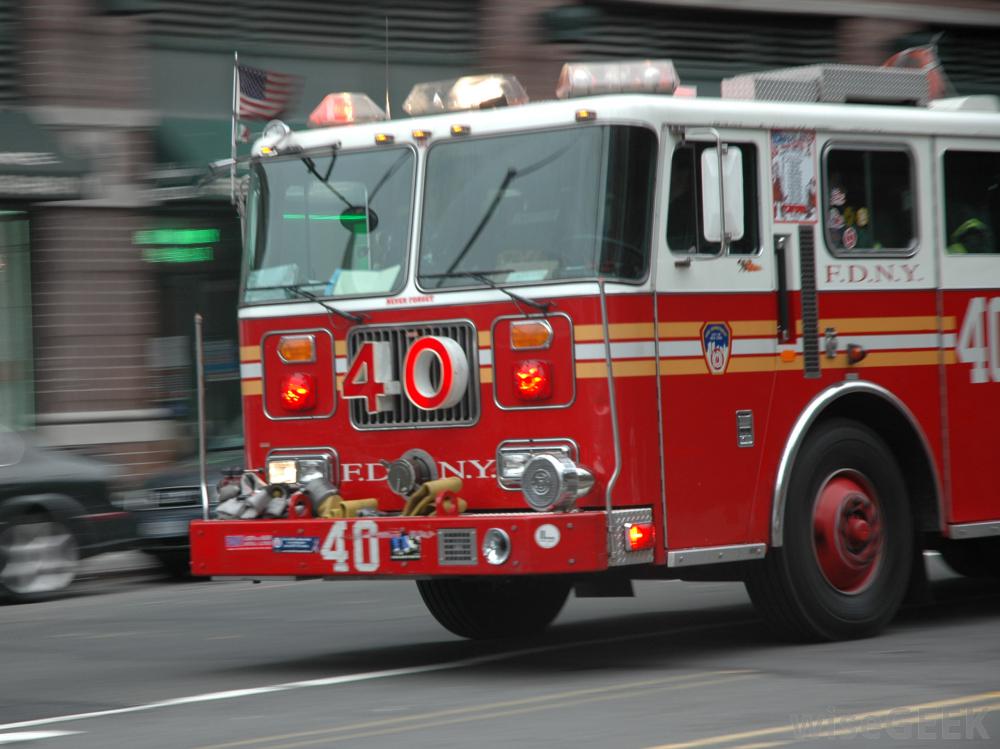
In this case, what they received was not what they wanted. They received an older halogen-style light bar with rotators and colored lens instead of a LED style light bar with colored lights and clear lenses. They assumed it would be a new LED model. The manufacturer did provide what they asked for, a red and white light bar on the roof of the cab.
Stating the make, model, colors and perhaps even the width would be advisable on items where you want a specific product. I also suggest that a call be made directly to the manufacturer to clarify details of a product. Fire departments can work directly with manufactures to develop a spec for that one item and then include that into the specification. Manufacturers are more than willing to provide all the detailed specifications needed for one of their products to be incorporated onto a new truck.
You can also read: 12 Steps to better plan your department’s next fire apparatus



